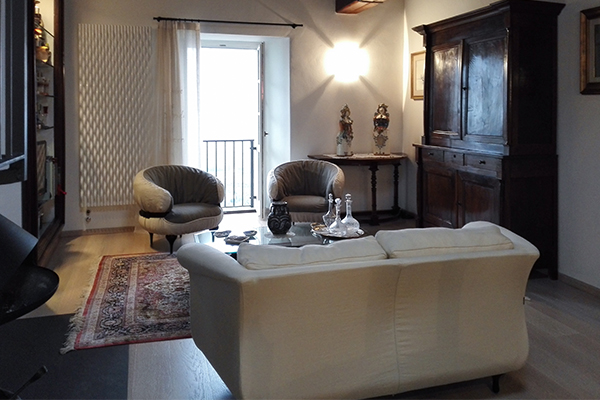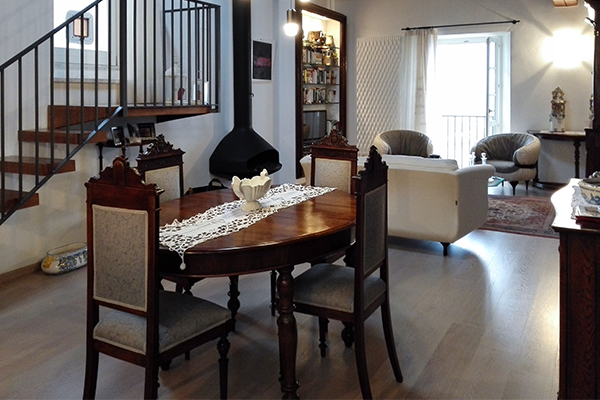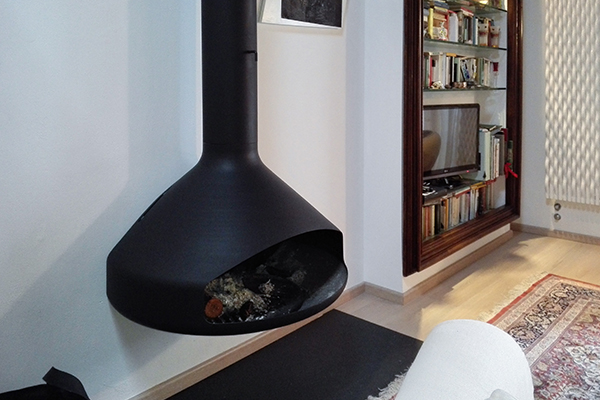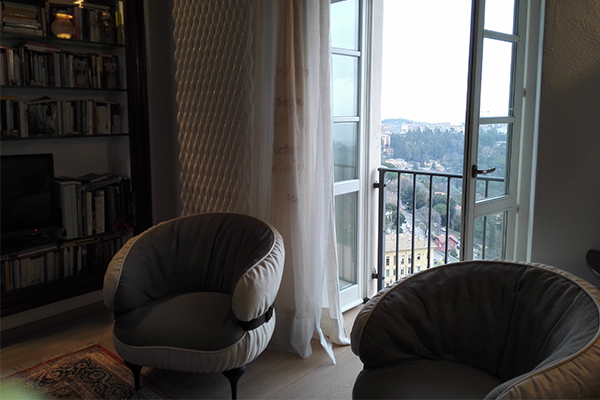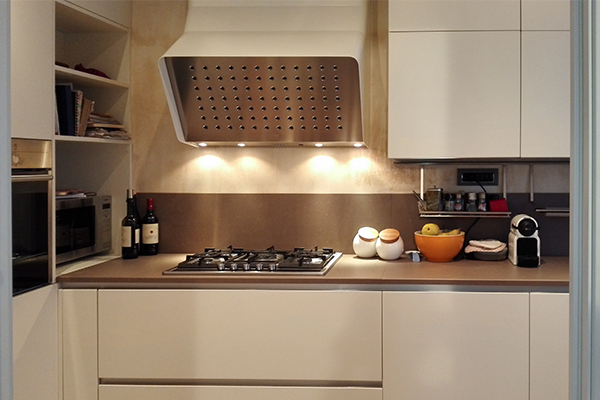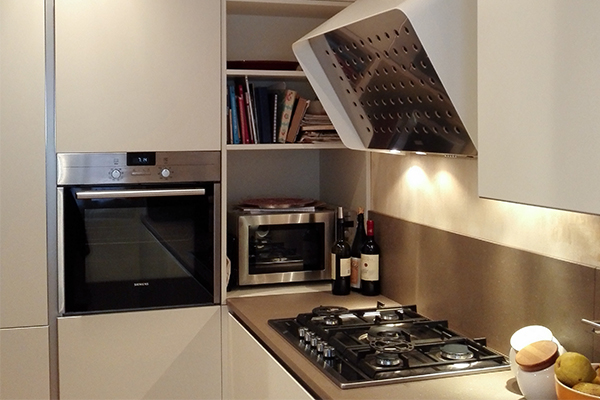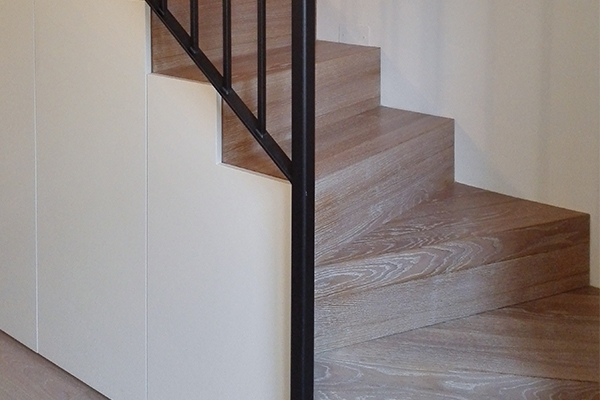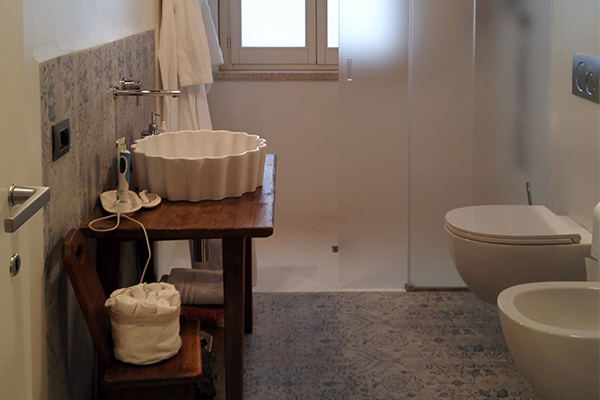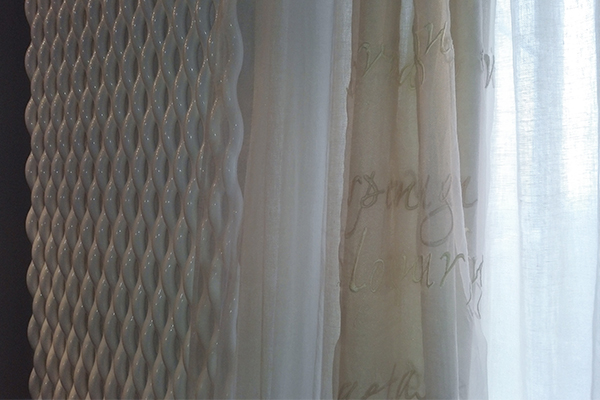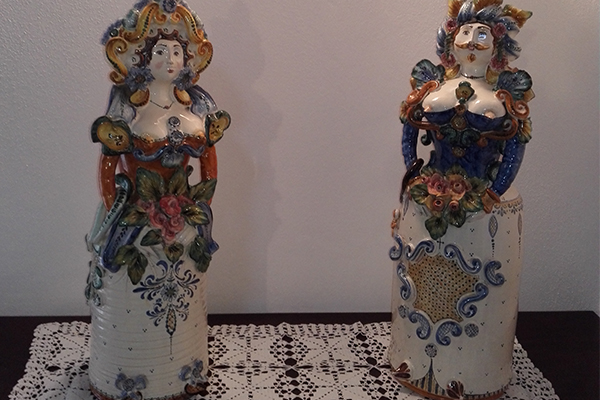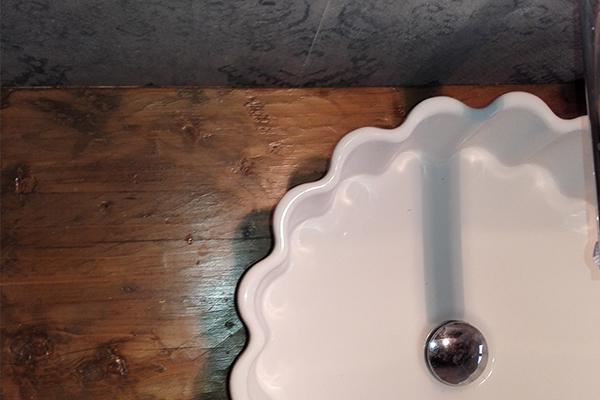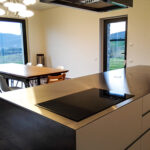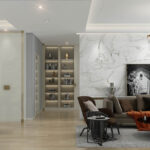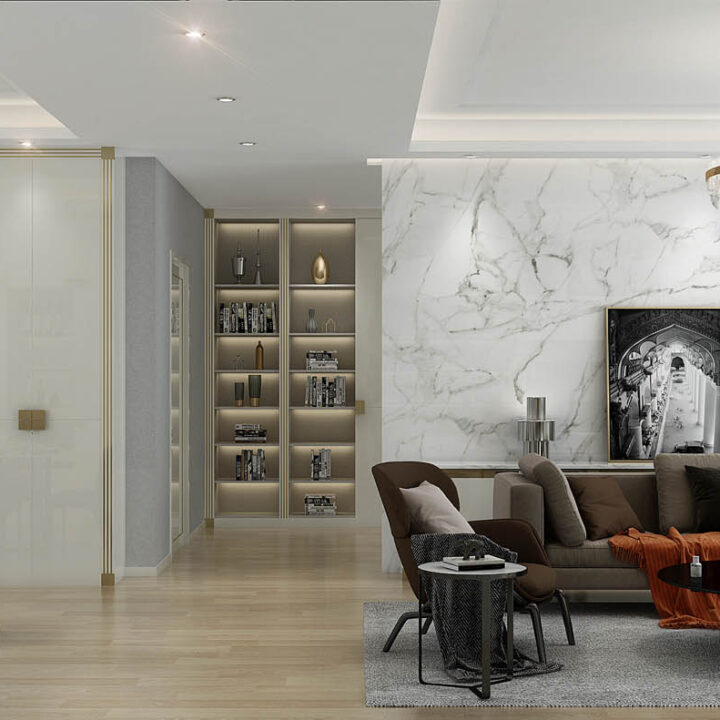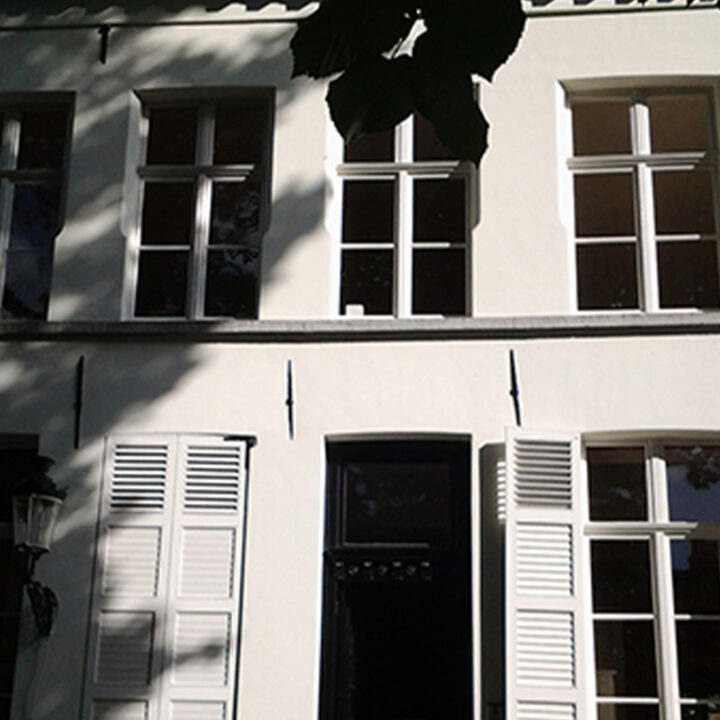Vista su Assisi
- Home
- portfolio
- I nostri lavori
- Vista su Assisi
Ci troviamo nel Centro Storico di Perugia, in un palazzo medievale, anticamente sede dell’Ospedale di S. Maria della Misericordia, ristrutturato dal Comune suddividendo l’intero fabbricato in appartamenti per civile abitazione.
Il nostro intervento ha però rivisto la ristrutturazione già fatta, in modo da andare incontro al gusto e alle esigenze del committente, che voleva conservare alcuni dei mobili antichi di famiglia. Il progetto ha quindi puntato a individuare finiture e arredi che potessero convivere in modo armonico con l’esistente.
Nella zona notte, la divisione interna è stata rivista per utilizzare al meglio le altezze e sfruttare le esigenze di aumentare i contenitori; i pavimenti di gres sono stati ricoperti con un parquet in rovere, tutte le porte sono state sostituite, i bagni sono stati completamente riprogettati adoperando la resina insieme alle piastrelle di 14 Ora Italiana e sanitari di Flaminia. Il soggiorno è stato arricchito da un camino modernissimo di Focus, oltre al termoarredo di Tubes che ben si sposa con le trame del tessuto delle tende di Mastro Raphael. La zona salotto è stata arredata con il divano Big Mama e le poltrone Chubby di Moroso; il tavolo pranzo antico è stato illuminato con luci di Vibia. La cucina realizzata su misura, di linea decisamente contemporanea e di colore chiaro con top in kerlite, di Modulnova è stata resa più “vivace” inserendo la cappa di Haberli per Schiffini.
Richiedi informazioni
Design in Details
In design, we bring characteristics of the natural world into built spaces, such as water, greenery, and natural light, or elements like wood and stone. Encouraging the use of natural systems and processes in design allows for exposure to nature, and in turn, these design approaches improve health and wellbeing. There are a number of possible benefits, including reduced heart rate variability and pulse rates, decreased blood pressure, and increased activity in our nervous systems, to name a few.
Over time, our connections to the natural world diverged in parallel with technological developments. Advances in the 19th and 20th centuries fundamentally changed how people interact with nature. Sheltered from the elements, we spent more and more time indoors. Today, the majority of people spend almost 80-90% of their time indoors, moving between their homes and workplaces. As interior designers embrace biophilia.
[30m2]
bedroom
[22m2]
bathroom
[28m2]
workspace
[15m2]
kitchen area
Incredible Result
Establishing multi-sensory experiences, we can design interiors that resonate across ages and demographics. These rooms and spaces connects us to nature as a proven way to inspire us, boost our productivity, and create greater well-being. Beyond these benefits, by reducing stress and enhancing creativity, we can also expedite healing. In our increasingly urbanized cities, biophilia advocates a more humanistic approach to design. The result is biophilic interiors that celebrate how we live, work and learn with nature. The term translates to ‘the love of living things’ in ancient Greek (philia = the love of / inclination towards), and was used by German-born American psychoanalyst Erich Fromm in The Anatomy of Human Destru ctiveness (1973).
architect:
project type:
Terms:
client:
Strategy:
date:
We provides a full range of interior design, architectural design.
Follow our newsletter to stay updated about agency.
Orario ufficio
- Lun 16:00 - 19:30
- Mar-Sab 9:00-13:00 | 16:00-19:30

